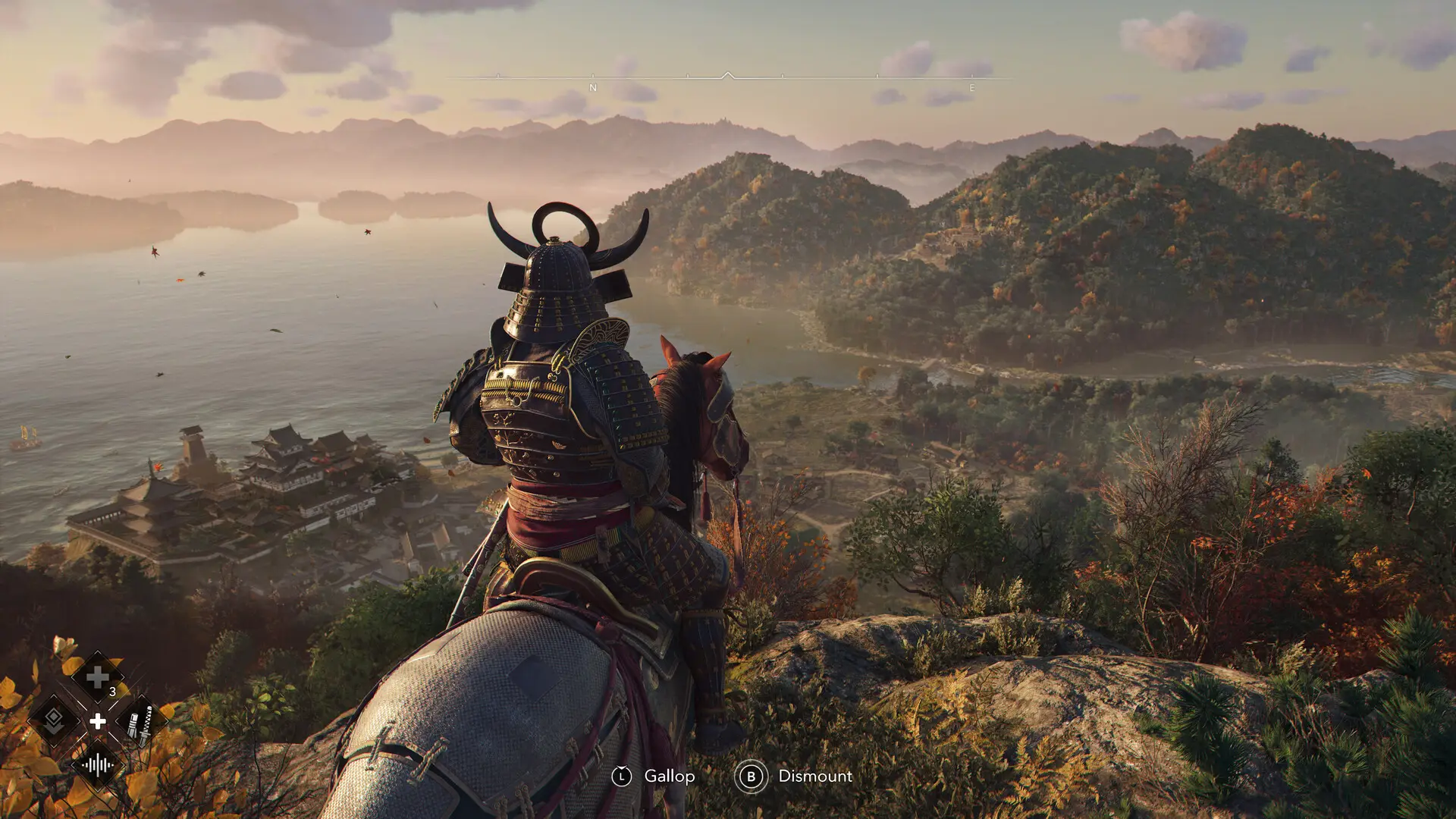Every single video game has an underlying mechanics and system that is invisible to players. When we are in a game, we rarely think of what is happening behind the game. The environments that game developers work with are layered and filled with grids. They are what make up the games we play.
You can see this when looking at lighting in 3D games and especially high-end ones. Even though light is invisible, it reveals everything in the game world. The science of light—reflection, absorption, diffusion, subsurface scattering—represents centuries of study by physicists, and game designers need to utilise these complex principles and work around the confines of modern GPUs.
Many game worlds feel like static theme parks with limited interactivity because of the lighting used. But in technology, these worlds are becoming more and more colourful. For years, video game lighting has handled static lights well, however dynamic lights are costly. It’s exciting to see things finally progressing in that direction.
The Evolution of Lighting: From Unity to Shadows
The lighting technology of Assassin’s Creed Shadows is a million leap forward. Technical Architect Nicolas Lopez shared some interesting information. He said that the lighting in Shadows would take nearly two years to bake if they did it like Assassin’s Creed Unity. The total lighting would also need around 2TB of space. On the other hand, the whole game on PC only needs 115GB.
Moving on, Lopez clarified that the cities in older games like Unity and Syndicate were relatively small, with dense urban areas of roughly four square kilometers. The probes were weighted down on the ground, with uniform lighting every 50 cm across the entire map of Paris.
Understanding Global Illumination
Global illumination (GI) refers to the techniques used to simulate indirect light. It includes cube maps, screen-space reflections, probe lighting, and more. In the past, games did not require massive storage for lighting because worlds were smaller.
After that, world sizes became massively larger, with Assassin’s Creed Origins’ world measuring 256 km². If the same lighting solution was maintained, it would have resulted in file sizes too big to work with, leading the team to implement a dynamic system.
Lopez stated that they now change probe density as per scene complexity, for example, in an urban area, they still use 50-centimeter spacing but for open terrains like deserts or forests, less resolution is used. Artists create these “GI density maps” by hand, concentrating the lighting quality to key areas, while also reducing data size.
From Baked to Dynamic: The Ray Tracing Revolution
In the past, much of the lighting within games has been “baked in”, meaning it was calculated ahead of time and stored as a texture or lightmap. While it works well in computer games where the environment is static, it fails miserably in dynamic games. You can’t bake lighting onto a mesh that will be affected by physics.
The addition of ray tracing technology – now available on PlayStation 5, Xbox Series X|S and a larger slice of the PC graphics card market – has really changed how we look at lighting from a creative and production standpoint.
Ray tracing allows artists freedom and creativity, according to Lopez. Earlier, rendering lighting consisted of mainly baked global illumination, baked reflections, and baked ambient occlusion. Thus it could never react to world changes. If you move any architectural element, that will invalidate the light and require hours or days of re-bake.
Lopez explained that artists can shift objects, modify scenes, and iterate without waiting for lengthy bakes. And because lighting works per pixel, it has much greater visual quality and greater physical accuracy. This lets artists work at their own pace instead of having to wait for long computing times.
The True Impact of Ray Tracing
Although ray tracing advantages may only seem subtle in a static game world like Assassins Creed, Shadows takes form in a completely dynamic environment. The mod Shadows has 11 times of day, 4 seasons, other weather effects, and destructible environments, whose lighting would break the backs of baked lighting techniques.
According to Lopez, ray tracing allows us to light these dynamic environments properly, consistently. Light acts as expected even if the world changes drastically. No hacks. No workarounds. It grounds the world and makes it feel believable.
Opening the doors does naturally brighten the interiors. Destructible props add lights to the scenes. Seasonal settings change the mood of interiors. We could only approximate these effects without ray-tracing.
Advanced Color Management and Night Scenes
To make the game look better, the development team also improved Ubisoft’s Anvil engine by incorporating the Academy Color Encoding System, a universal color standard in the film industry. As a result, there will be consistent visuals during development across platforms and locations. Thus, characters and buildings effect will seem as if they belong to the same world.
The team can adjust the look of a scene to match the weather and ambient conditions with Color Look-Up Tables (LUTs).
Shadows’ ninja action means accurate night lighting was really important. Lopez added that they rewrote important elements of the physically based rendering and exposure pipelines so that they behave more realistically in darkness. Ray tracing assists in the achievement of atmospheric nighttime conditions with no filling lighting and adding weight, believability, and cinema quality to gameplay.
A New Era of Game Design
The designers of the video game Assassin’s Creed Shadows depict how video games are evolving with technology for the good of the gamer and the developer. Game designers can now create faster without compromising on visuals, while gamers get to experience more dynamic worlds that feel alive.
Lopez said these developments make a “cohesive, responsive visual where everything feels connected,” which are catalysts developing systems that push the Anvil engine and Assassin’s Creed franchise ahead at the same time.
As lighting technology improves, we can expect even more engaging and responsive gaming worlds to come in the future.
